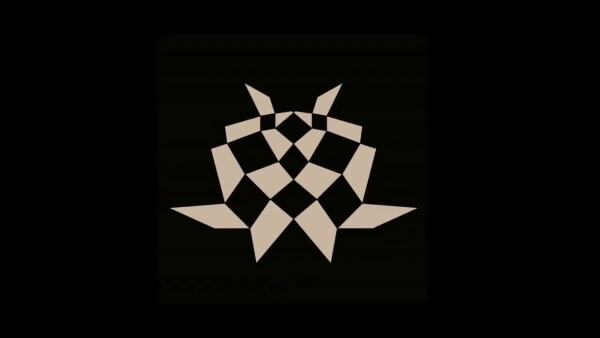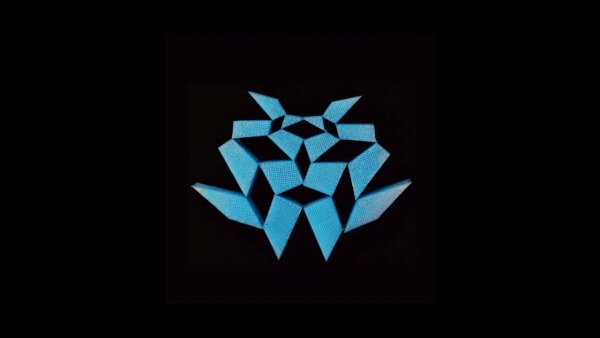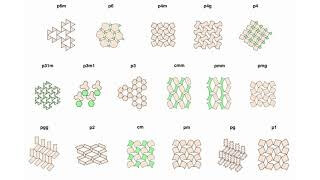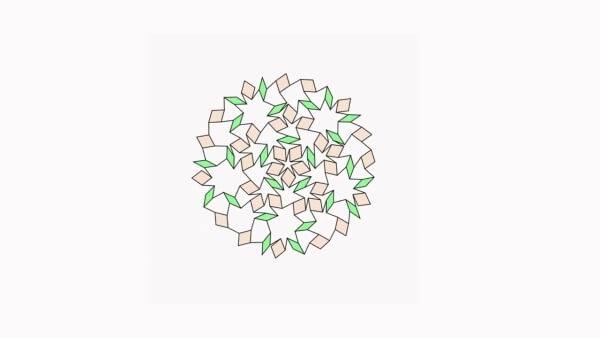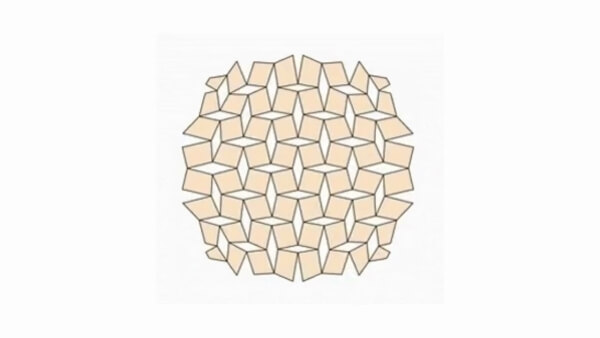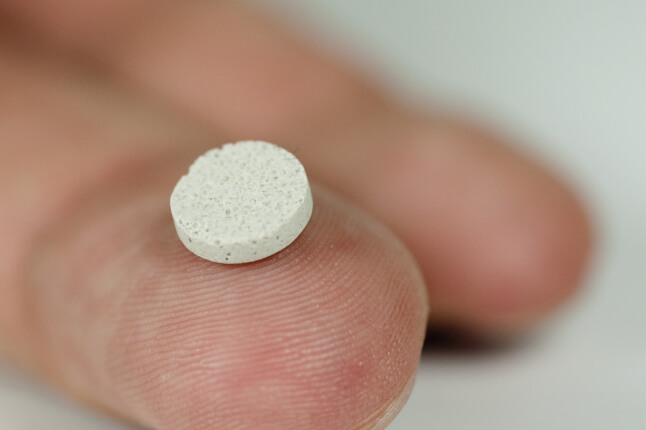News
Thinking about sending a Valentine’s Day card to a loved one? Try using kirigami.
Artists have long used kirigami (from the Japanese kiri meaning cut and kami meaning paper), a less heralded cousin of origami, to create everything from pop-up cards to castles. A few years ago, L. Mahadevan, the Lola England de Valpine Professor of Applied Mathematics at the Harvard John A. Paulson School of Engineering and Applied Sciences (SEAS), and Professor of Organismic and Evolutionary Biology, and of Physics in the Faculty of Arts and Sciences (FAS) started thinking about what we can learn from how artists control the location, orientation and number of cuts to create these complex shapes.
Articulating
Paper cuts into art forms
Tells stories quietly.
“We are a curious species," said Mahadevan. "As children, we play — to explore, to wonder, to learn about the world within and around us. I suppose I never grew up, and have been both lucky and privileged to be able to explore the world by playing."
Check out Mahadevan and his team's exploration into the world of kirigami.
Kirigami Art
In a paper published in Nature Computational Science, Mahadevan and his team wanted to know what would happen if they played with the geometry of kirigami cuts – the empty spaces between the kirigami tiles. The researchers found that they could simplify the design of shape-shifting kirigami and create algorithms to transform one shape into another. The team dubbed this the “hearty namaste”, a transition from a heart-shape to a stylized variation of the namaste - a greeting with palms pressed together.
“We found that instead of focusing on the design of kirigami patterns, if we focused on the design of the holes between the kirigami patterns, we could actually build a very simple relationship between adjacent holes and achieve a lot of different designs with a more efficient computation,” said Gary P. T. Choi, a former graduate student at SEAS and co-first author of the paper. Choi is currently an Assistant Professor at The Chinese University of Hong Kong.
Using that model, the researchers, which also included Kaitlyn Becker, a former postdoc at SEAS and currently an Assistant Professor at MIT and Levi Dudte, a former graduate student at SEAS, built physical, shapeshifting kirigami art, seen here.
Can you create art to tile a wall? Or even better, what about creating a deployable wall that can open and close? Lucy Liu, a former undergraduate at Harvard College and now a graduate student in Applied Math at SEAS, with Choi and Mahadevan, demonstrated they could do just that. These 17 deployable shapes are made from so-called period tilings — tilings with repeated patterns. The research was published in Royal Society.
Mahadevan and his team also wanted to know if they could create these deployable art forms using non-periodic tiles, meaning tiles where the pattern doesn’t repeat. Turns out, they could. In a paper published in Physical Review Research, Liu, again working with Choi and Mahadevan, created quasi-crystal kirigami inspired by the aperiodic tilings whose discovery led to a Nobel Prize a few decades ago. The kirigami quasi-crystal opens and closes without using any repeating patterns.
The team also tackled a classical problem in mathematics — can you convert a square into a circle? Dudte, Choi and Mahadevan showed a simple deployable approach using kirigami accomplishes this seemingly impossible task. The research was published in Physical Review Research.
Cutting-edge science delivered direct to your inbox.
Join the Harvard SEAS mailing list.
Scientist Profiles
L Mahadevan
Lola England de Valpine Professor of Applied Mathematics, of Organismic and Evolutionary Biology, and of Physics
Press Contact
Leah Burrows | 617-496-1351 | lburrows@seas.harvard.edu
